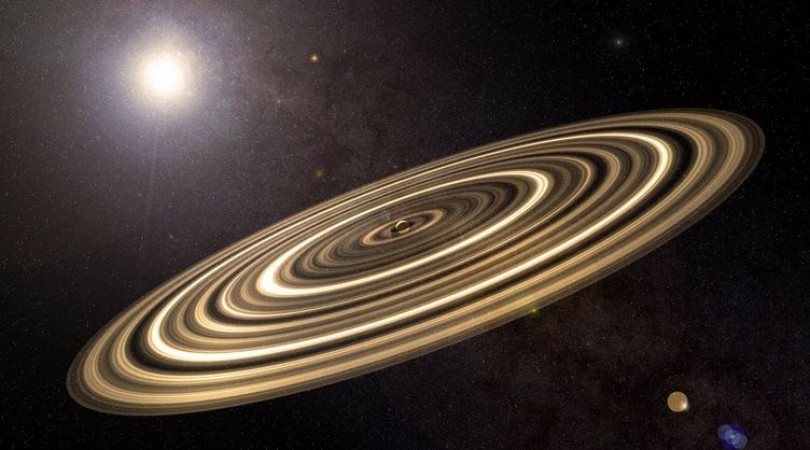
Planets bedecked with rings have long captured the fascination of both astronomers and the general public alike. From Saturn to Uranus, these celestial wonders offer a mesmerizing spectacle that showcases the magnificence of our universe. Let's delve into the intriguing characteristics and captivating beauty of four planets adorned with rings.
Saturn, often hailed as the jewel of the solar system, boasts a spectacular ring system that has been the subject of countless studies and artistic interpretations. This gas giant's rings are primarily composed of ice particles and rocky debris, ranging in size from tiny grains to larger chunks. The rings, visible even from Earth with a telescope, have ignited human imagination for centuries.
Ring Composition: Comprising predominantly of ice and dust particles, Saturn's rings present a stunning interplay of light and shadow.
Mysteries Unveiled: Ongoing research aims to uncover the exact origins of Saturn's rings, whether they formed along with the planet or are a result of a moon's disruption.
While Jupiter's rings might not be as prominent as Saturn's, they are still a remarkable discovery. Unlike Saturn's well-defined rings, Jupiter's ring system is faint and mainly consists of microscopic particles. This gas giant's rings were initially spotted by the Voyager 1 spacecraft.
Uranus, with its unique sideways orientation, also boasts a set of rings. These rings are composed of dark particles, which could include complex organic compounds and ice. The planet's unusual tilt adds an element of intrigue to its ring system.
Tilted Rings: Uranus rotates on its side, and its rings follow suit. They encircle the planet along its equatorial plane.
Dark Beauty: The dark composition of Uranus' rings absorbs sunlight, giving them a mysterious allure.
Neptune, the outermost planet in our solar system, flaunts a set of rings intertwined with bright arcs. These arcs, which are unique to Neptune, are thought to be the result of gravitational interactions between the rings and nearby moons.
Bright Arcs: Five distinct arcs within Neptune's ring system create a celestial tapestry that perplexes astronomers and ignites curiosity about their formation.
Dynamic System: Neptune's rings are far from static, with the arcs changing and evolving over time.
The universe is an awe-inspiring expanse, filled with celestial wonders that continually captivate our imagination. From Saturn's resplendent rings to Uranus' tilted beauty and Neptune's intriguing arcs, these planets remind us of the immense diversity and splendor that exist beyond our world. As we gaze upon these cosmic jewels, we are reminded of our connection to the cosmos.
Viral Video: Grandfather's Daring Bike Stunts Turn Him into a 'Stormy Youth
Bangalore to Experience Zero Shadow Day: What You Need to Know
Celebrating Ihana Dhillon: A Star's 28th Birthday with a Noble Cause